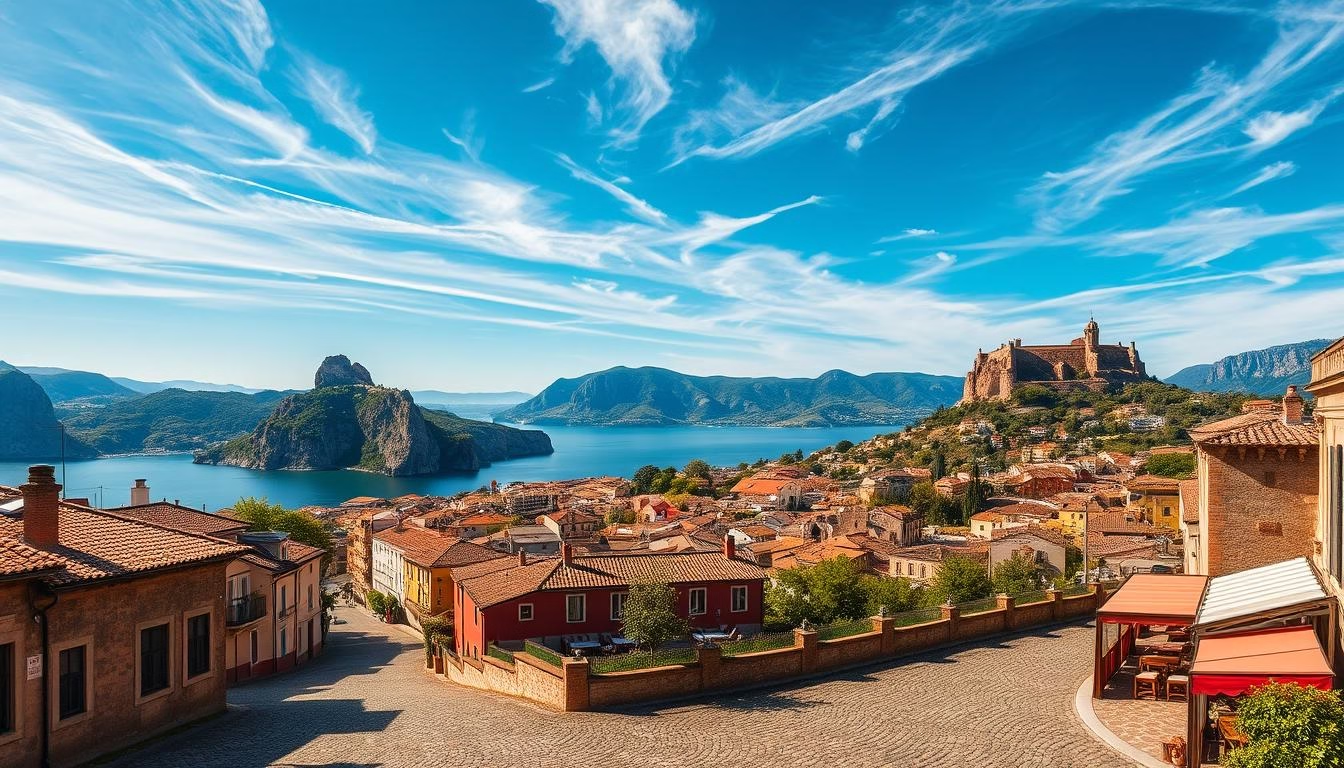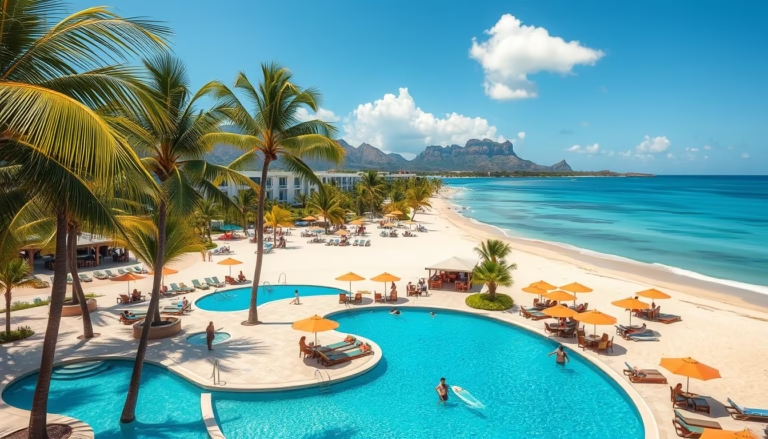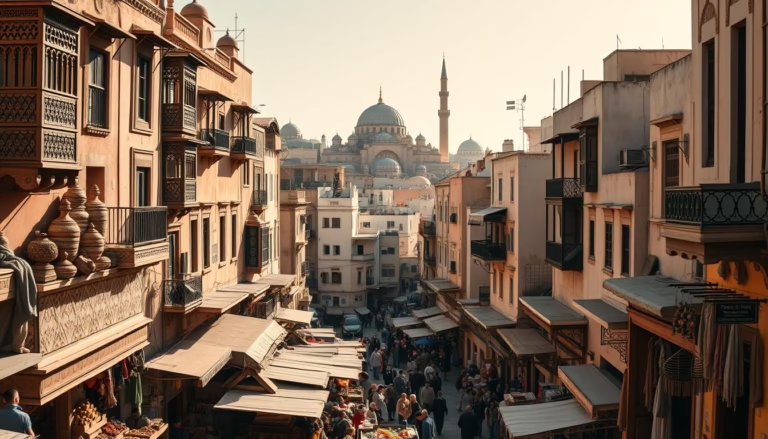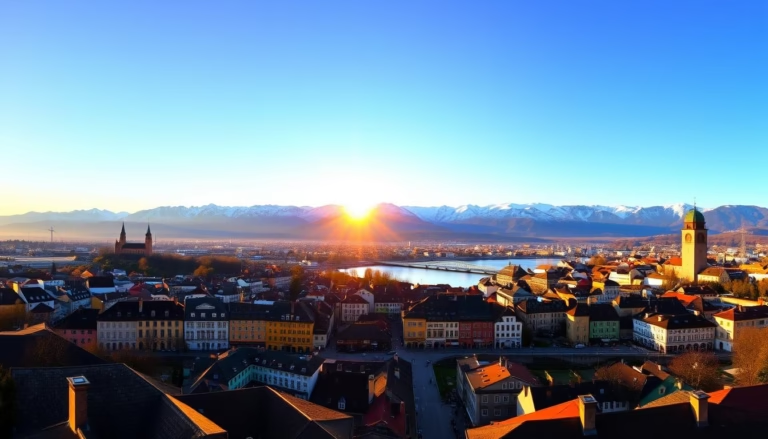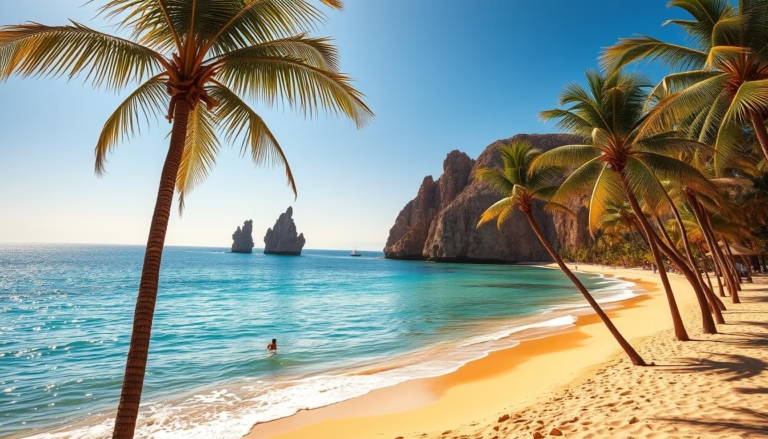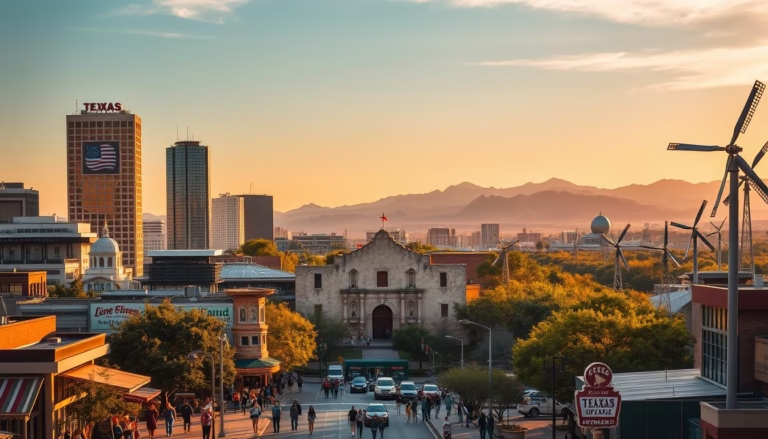Explore Day Trips from Barcelona: Top Picks & Guides
Barcelona’s vibrant energy is unforgettable, but Catalonia’s hidden gems lie just beyond the city. Whether you crave mountain vistas, coastal charm, or medieval history, the region delivers unmatched diversity within easy reach. This guide unlocks the best excursions to enrich your Spanish adventure.
Catalonia’s landscapes shift dramatically within hours of the city. Picture sacred monasteries perched on jagged peaks, art-filled towns defying imagination, and beaches framed by turquoise waters. These carefully curated tours blend iconic sights with lesser-known treasures, offering fresh perspectives without sacrificing convenience.
For culture lovers, Montserrat’s spiritual aura and Dalí’s surrealist playground in Figueres are must-sees. Nature enthusiasts can hike volcanic trails in Garrotxa or snorkel Costa Brava’s coves. Prefer history? Girona’s medieval walls and Roman ruins whisper tales of ancient empires. Each destination shines with its own character, ensuring Barcelona’s nearby attractions cater to every interest.
We’ve prioritized experiences that balance iconic landmarks with authentic local flavor. Whether you’re escaping crowds or diving deeper into Catalan traditions, these adventures promise memories that outlast your trip. Let’s discover why stepping beyond the city unlocks Catalonia’s true magic.
Key Takeaways
- Catalonia’s diverse landscapes include mountains, coastlines, and historic villages accessible within hours
- Curated tours blend cultural landmarks with natural wonders for balanced itineraries
- Destinations range from spiritual sites like Montserrat to artistic hubs and beach retreats
- Easy-to-reach locations maintain the charm of Barcelona’s core attractions
- Trips enhance any itinerary by offering fresh perspectives on regional heritage
Introduction: Unlocking Catalonia’s Hidden Gems
Catalonia’s magic lies in its contrasts – think vine-covered hills melting into jagged peaks, or Roman ruins sharing horizons with modernist palaces. This region serves up unforgettable experiences beyond Barcelona’s borders, blending natural beauty with centuries of history. Best part? You can taste it all via quick train rides or scenic drives.
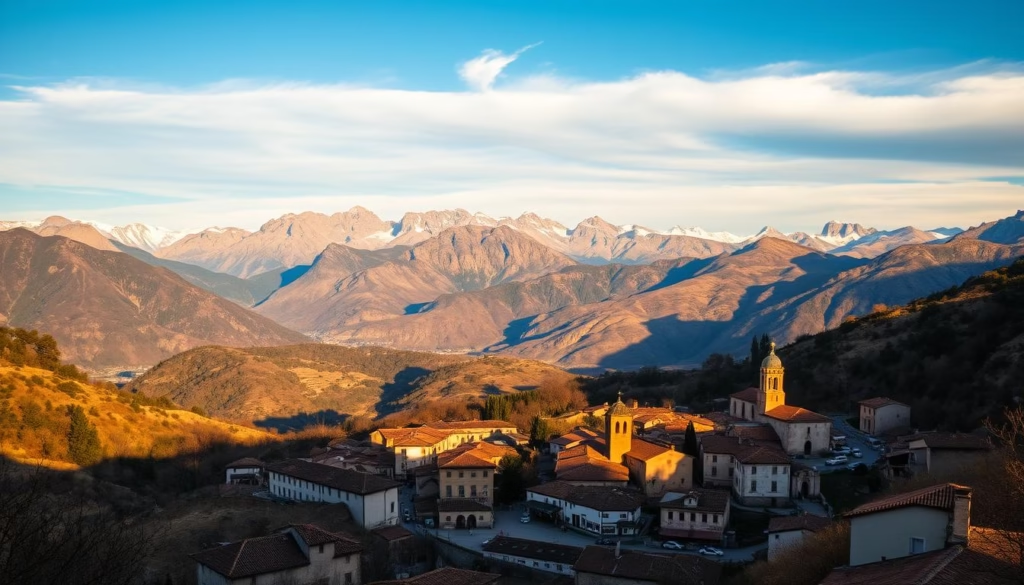
Discover medieval towns where time stands still. Picture stone archways framing flower-filled balconies and cobblestone alleys leading to hidden plazas. Coastal gems like Sitges dazzle with turquoise waters and Gaudí-inspired architecture, while volcanic landscapes in Garrotxa offer hiking trails through ancient lava fields.
Art lovers get their fix too. Dalí’s surrealist fingerprints appear in Figueres’ dreamlike museums, and Romanesque churches dot the countryside like open-air galleries. Don’t miss medieval villages near Barcelona, where 12th-century bridges span rushing rivers.
| Destination Type | Top Picks | Travel Time |
|---|---|---|
| Wine Country | Priorat vineyards | 2 hours |
| Coastal Escapes | Costa Brava coves | 1.5 hours |
| Mountain Retreats | Pyrenees trails | 3 hours |
Each place tells its own story through crumbling castle walls, artisan markets, and family-run bodegas. Whether you’re sipping cava in underground cellars or tracing Roman aqueducts, Catalonia’s treasures reward curious travelers with authentic moments – no crowds required.
How to Plan Your Exciting Day Trips from Barcelona
Strategic organization ensures you experience diverse landscapes without wasting precious vacation hours. Most locations sit just 40-90 minutes from central stations, making spontaneous adventures surprisingly feasible. High-speed trains whisk you to Girona’s medieval walls in under an hour, while coastal gems like Sitges shimmer a quick 45-minute ride south.
Smart Scheduling for Maximum Enjoyment
Coastal escapes shine brightest June-August, when Mediterranean waters hit 75°F. Mountain trails like Montserrat offer cooler spring/fall hikes with fewer crowds. One local guide shares: “Winter visitors often get Pyrenees ski slopes to themselves – just pack thermal layers”.
Key timing considerations:
- Book guided tours 2-3 weeks ahead during Easter and summer peaks
- Aim for early departures to beat midday heat at archaeological sites
- Check regional festival calendars – some villages close roads for celebrations
Your Adventure Toolkit
Packing light matters when hopping between locations. Essentials include:
- Breathable walking shoes for cobblestone streets
- Compact umbrella or windbreaker for sudden coastal showers
- Reusable water bottle – many towns have fresh spring fountains
Tour groups typically last 6-12 hours, so throw in energy snacks. Smartphone users should download offline maps – some rural areas have spotty reception. With the right prep, you’ll spend less time organizing and more time discovering hidden chapels or sampling artisan cheeses.
day trips from barcelona: A Comprehensive Review
Choosing the right excursion partner transforms sightseeing into storytelling. Top operators like Julia Travel and Explore Catalunya deliver distinct experiences – one offers Montserrat adventures from €51, while the other specializes in medieval villages at €95. For personalized service, DayTripsBarcelona.com shines with family-run tours boasting 100% five-star reviews.
Here’s how leading services compare:
| Operator | Specialty | Group Size | Price Range |
|---|---|---|---|
| Julia Travel | Iconic landmarks | 15-25 people | €51-59 |
| Explore Catalunya | Coastal explorations | 8-12 people | €95-105 |
| DayTripsBarcelona | Custom itineraries | 2-6 people | €130+ |
Small group excursions (5-8 travelers) let guides share hidden chapels most buses miss. As one recent traveler noted:
“Our guide revealed Roman graffiti in Girona’s cathedral that even locals rarely notice!”
Full-day options work best for multi-destination routes like Costa Brava beaches paired with Dalí museums. Half-day tours suit time-crunched visitors – think Montserrat mornings or quick Sitges art walks.
Pro tip: Private guides excel at weaving personal interests into routes. Carl from DayTripsBarcelona once diverted a wine-focused group to a 14th-century vineyard’s secret tasting room. That’s the magic of tailored experiences.
Montserrat Magic: From Monastery to Mountain Hikes
Rising dramatically from Catalonia’s heartland, Montserrat Mountain captivates with its spiritual aura and rugged beauty. This multi-peaked wonder hosts an 11th-century Benedictine monastery perched 2,380 feet above sea level – a site where faith and geology collide spectacularly.
Exploring Montserrat Monastery
The monastery remains active with 80 monks preserving ancient traditions. Its star attraction? The Black Madonna, a 12th-century wooden statue believed to grant miracles. Visitors line up to touch her orb through protective glass – a centuries-old pilgrimage ritual.
Don’t miss L’Escolania boys’ choir performances at 1 PM daily (except July). Their haunting hymns echo through basilica arches, creating spine-tingling moments. Pro tip: Arrive early – front-row seats fill 30 minutes before shows.
Scenic Mountain Walks and Panoramic Views
The rack railway delivers thrills before you even hike. This crimson cogwheel train climbs 5 km in 15 minutes, revealing limestone pillars shaped like frozen giants. Once atop, choose your adventure:
- Sant Jeroni Trail: 2.5-hour hike to Catalonia’s highest viewpoint (4,055 ft)
- Funicular de Sant Joan: Glass-walled lift to cliffside paths
- Cross of Saint Michael: 20-minute walk for valley panoramas
Local hikers swear by early mornings: “Beat the crowds and watch fog lift from the Llobregat Valley like a theater curtain,” advises Marta, a mountain guide. Pack sturdy shoes – trails wind through jagged rock formations justifying Montserrat’s “serrated mountain” nickname.
Art, History & Surreal Experiences in Figueres
Step into a world where melted clocks and dreamlike landscapes become reality. Figueres, Salvador Dalí’s birthplace, offers a portal into the artist’s eccentric mind through architectural marvels that blur reality and fantasy.
Dali Theatre-Museum Highlights
The Theatre-Museum stands as Dalí’s final masterpiece – a surrealist funhouse he personally designed. Its pink walls crowned with golden bread loaves and giant eggs announce you’re entering uncharted creative territory. Inside, three floors burst with:
- Early sketches showing his technical mastery at age 12
- The iconic Mae West room transforming furniture into facial illusions
- A jewel-encrusted Cadillac that rains inside when you insert coins
Guides often share this gem: “Dalí requested his crypt be placed where visitors would literally walk over him – his last interactive artwork”. Allow 1.5 hours minimum to absorb the sensory overload.
Gala Dali’s Castle Insights
Twenty miles south lies Pubol Castle, Dalí’s architectural love letter to his muse. The artist secretly bought this 11th-century fortress for Gala, installing:
- A throne-lined swimming pool
- Elephant sculptures with flamingo legs in the garden
- A bedroom ceiling painted to resemble star constellations
Though Gala designed most interiors, Dalí’s touch appears in unexpected corners. Our last tour group gasped discovering lip-shaped drawer handles in her wardrobe. The castle’s quiet crypt contrasts sharply with the museum’s energy – a poetic end to their complex romance.
Most day trip packages combine both sites, letting you trace Dalí’s journey from hometown visionary to global icon. As one visitor marveled: “It’s like walking through a living painting that keeps changing perspectives”.
Seaside Escapes on the Costa Brava
The Costa Brava coastline unfolds like a watercolor painting, blending golden beaches with rugged cliffs. This Mediterranean jewel stretches 125 miles, offering endless opportunities to swap city bustle for salt-kissed serenity.
Cala Sant Francesc and Botanical Gardens
Discover Cala Sant Francesc – a crescent of yellow sand framed by pine-covered rocks. Its shallow turquoise waters sparkle under the Spanish sun, perfect for lazy swims. Just uphill, Marimurtra Botanical Garden dazzles with cliffside terraces overlooking the sea.
Stroll through 16 acres of exotic plants while waves crash below. One gardener shared: “Our century-old cacti collection thrives here – nature’s art meets ocean vistas”. Don’t miss the iconic Temple of Linnaeus viewpoint, where the horizon melts into endless blue.
Tossa de Mar’s Medieval Charm
Step into a postcard scene at Tossa de Mar. Its 12th-century stone walls rise dramatically from the shore – the only preserved coastal fortress in the region. Climb the lighthouse path for panoramic views stretching to the Pyrenees foothills.
Wander cobbled streets past artisan shops and hidden courtyards. A local historian notes: “Our Vila Vella district feels frozen in time, yet pulses with modern energy”. Combine beach relaxation with history on a self-guided walking tour through seven watchtowers and Roman mosaics.
Journey into Medieval Villages and Timeless Architecture
Step beyond Barcelona’s borders to discover stone-clad settlements where history lives in every archway. These medieval villages preserve Catalonia’s heritage through winding alleys and honey-toned buildings untouched by modern rush.
Besalu’s Iconic Romanesque Bridge
Besalú’s 12th-century bridge arches over the Fluvia River like a stone rainbow. This gateway to the old town leads past 11th-century churches and castle ruins. Don’t miss the Jewish Quarter’s hidden gem: a 900-year-old ritual bathhouse beneath street level.
Exploring Tavertet & Rupit Village
Clifftop villages Tavertet and Rupit crown Catalonia’s landscapes with red-roofed charm. Their cobbled paths wind past ancient walls and homes carved from golden sandstone. Locals still gather at medieval fountains, keeping traditions alive.
These villages offer more than photo ops – they’re living museums where time moves slower. Whether tracing Romanesque carvings or sipping herbal tea in a 13th-century plaza, you’ll feel history’s pulse in every sun-warmed stone.
